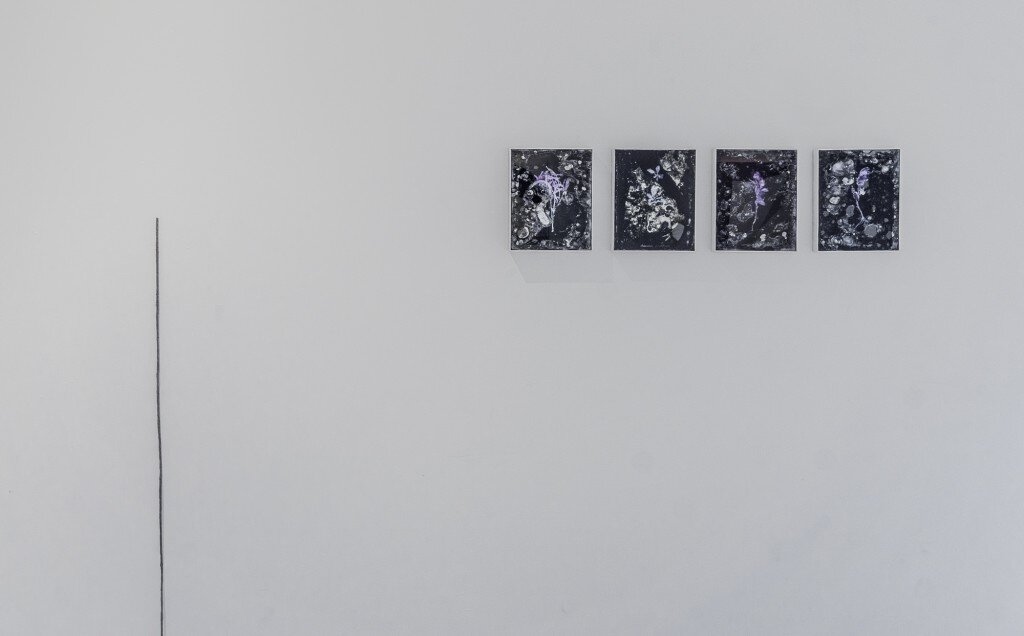Yes Frills
July 5–July 29, 2017
Opening: Friday, July 7th 6–9pm
ESP is please to present the University of Guelph Studio Art MFA summer exhibition.
Hiba Abdallah
Amanda Boulos
Andrew Buszchak
Peter Denton
Shannon Garden‐Smith
Daniel Griffin Hunt
Jessica Jang
Brennan Kelly
HaeAhn Kwon
Megan Moore
Kevin Murphy
Jean‐Marc Perin
Walter Scott
Larissa Tiggelers
~
Big Bad / small strange
Right now, big things are happening. New technological and social architectures are revolutionizing our sense of our abilities and our selves, even as political and ecological crises threaten to erode the basic infrastructures of life as we know it. Everyone, it seems, agrees: we live in a Big Bad World with Big Bad Problems.
But what if the most vital engagements we can hope for—or, better, the most courageous—are those that affirm the closest, the shrewdest, and above all the littlest participants in our universe?
For the 14 artists in Yes Frills, art is less an act of resolution or resistance than an investment in radical making, one whose value is incommensurate with the scale of its subject matter. Their works comprise both an incredible risk and an incredible document of reality and imagination: here, it is the small and strange that announce themselves as stakeholders in human being. This is not to say that the banal, the secret, and the diminutive offer solutions for the Big Bad World or even a parallax view. Instead, they are the fruits of a multiplicity of open worlds, each with its own set of problems and projections.
The scope and endurance of this heterotopia’s contributions are all but endless. Beginning with the well-worn and presumably well-known materials of their own daily grinds, Larissa Tiggelers, Andrew Buszchak, Daniel Griffin Hunt, and Brennan Kelly invite an emergent set of relationships with the almost-uncomfortably close object. In the work of Jessica Jang, Amanda Boulos, Walter Scott, Megan Moore, Peter Denton, and Kevin Murphy, such mundane contagions are revealed and re-veiled in cerebral, technical, and organic fabrics of spacetime. Finally, works by Shannon Garden-Smith, HaeAhn Kwon, Hiba Abdallah, and Jean-Marc Perin engineer affect at strikingly close quarters, working from the principle that thin knives cut just as sharp, and sometimes deeper.
If ancient and contemporary philosophy prized the tininess of the atom for its singularly constructive basicness, Yes Frills’ most courageous feat may be its alternative affirmation of excess. Less about contempt for the fundamental—or the universal, the Big in the small—than a practiced aversion, these works’ nuance coincides with their strength. The artists show us that much of what happens is disappearance and dispersal, ashes and motes of dust. The worlds they create are neither permanent nor necessary, and perhaps this is also true of the World. Still, Yes Frills also reminds us of our presence with and within them—at least for now.
To be nothing or everything to the Big Bad World is expected. It is much harder to embody one seven-and-a-half-billionth of human matter, mind, emotion, and energy, as each of the artists in Yes Frills has attempted. Of course, their works stand for both somewhat less and far more than that fraction. Theirs is a relative universe—though it is not for that reason any less real.
- John Nyman
~
EEEEEEEEEEEEEE
On the hazmat cupboard in the walkway there’s an Aloe vera plant. Its vegetal presence has been confined to a terracotta pot filled with a 50/50 mixture of potting soil and granite grit: a blend intended to mimic the rocky earth Aloe vera naturally prefers. The plant is not the sole inhabitant of the pot, however, a strange worm has buried itself deep within the soil, making itself a snug home amongst the plant’s tangled roots. The worm resembles a rather ordinary grub, although it’s not the larval form of any insect, it begins and ends its surreptitious life as a worm. Of course, like most living things, the worm starts small and will inevitably end larger than it starts, but there’s no metamorphosis here. As of yet, it’s unclear how the worm sustains itself, it’s not parasitic to the plant’s roots (if it was the plant would’ve perished months ago), nor does it feed on decaying matter embedded in the soil. And yet it remains.
If you happen to find yourself near the plant during a particularly quiet moment, you might be fortunate enough to hear the worm sing its song: a single unmodulated note, sometimes sustained for an hour at a time. It sounds a bit like this: EEEEEEEEEEEEEE . Amidst the motley of sounds one hears, but does not listen to on any given day, the worm’s faintly sung song is typically relegated as merely another. More often than not, it’s misattributed to the nearby fusebox, or misidentified as the intermittent electrical hum of the wires that weave their way through the walls. But for those who listen, the song is there to be heard, hanging in the dusty air of the building. Sometimes for an hour at a time.
You can sing along with the worm. In fact, that’s what it’s hoping for: a duet—or better yet: a chorus. If you sing along and alter the pitch of your voice, the worm will follow your lead, changing its pitch to match yours. But when the worm sings alone it only ever sings the same note, the one that goes: EEEEEEEEEEEEEE . A singing worm seems an unlikely thing; most of their ilk prefer a taciturn existence. In the worm’s world avoiding unwanted attention is auspicious, since many creatures consider them to be nothing more than a convenient tube of fat and protein. And yet, against all evolutionary good sense, this particular worm has taken to singing, even lending its voice to those emanating from outside its subterranean dwelling. Disembodied voices from a world of light and air infiltrating a world of darkness and earth—and vice versa—culminating in an unlikely collaboration.
We don’t know why the worm sings, but it seems content to sing its song in the soil of that Aloe vera plant, hoping that someone will sing along. Would you sing with the worm?
-BK














